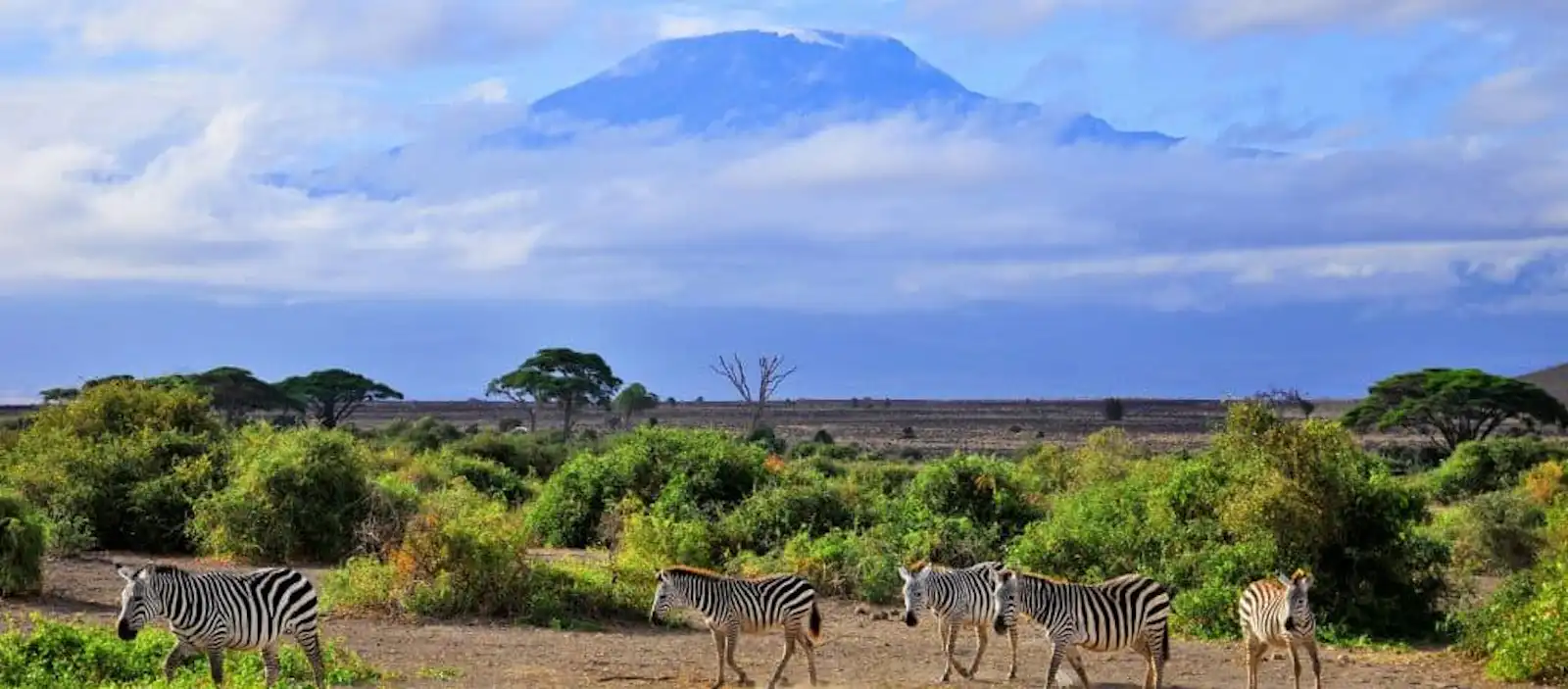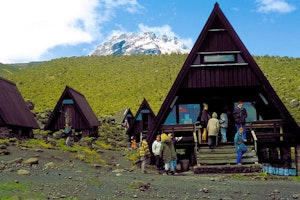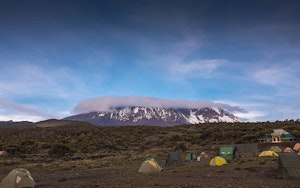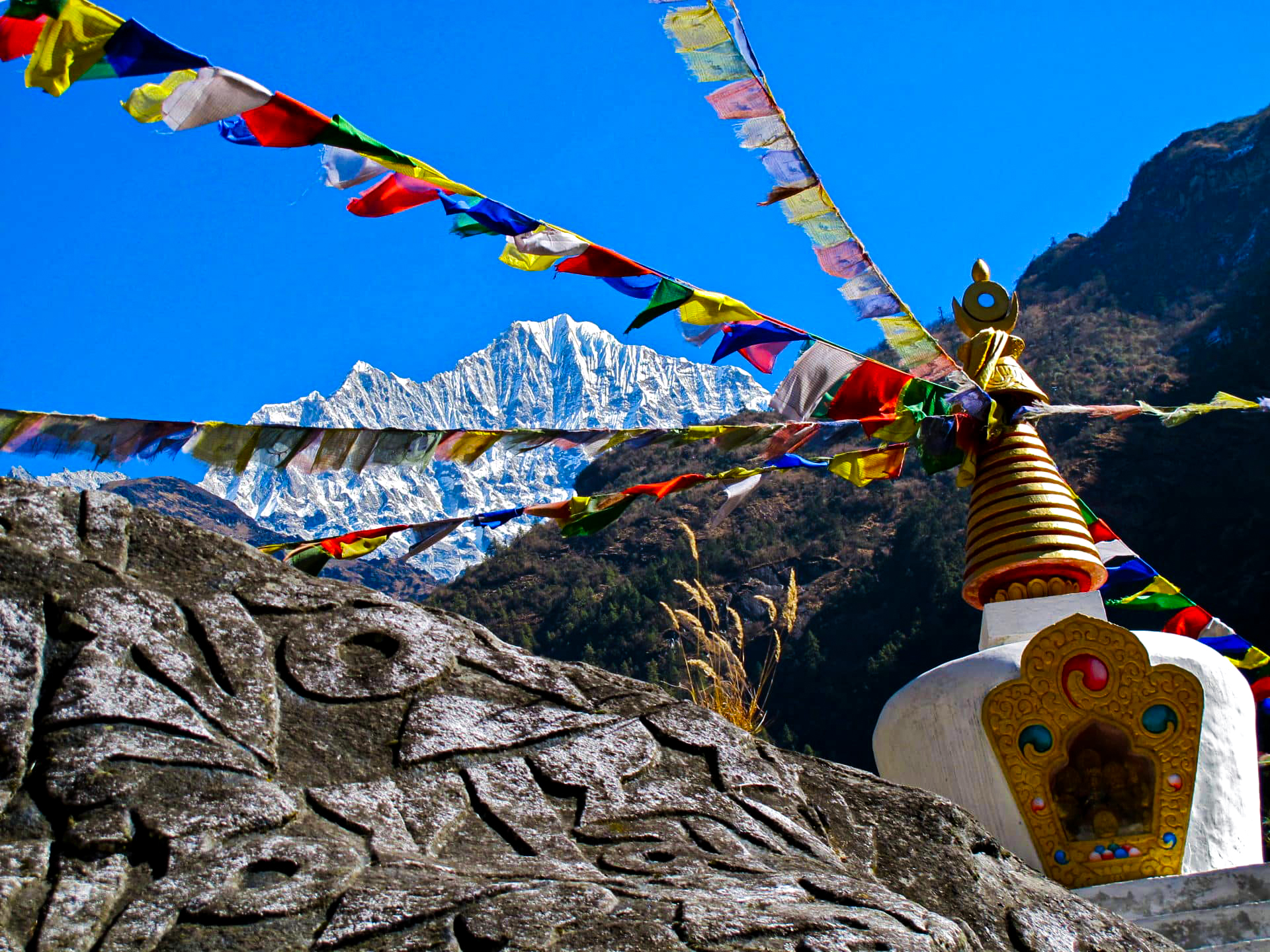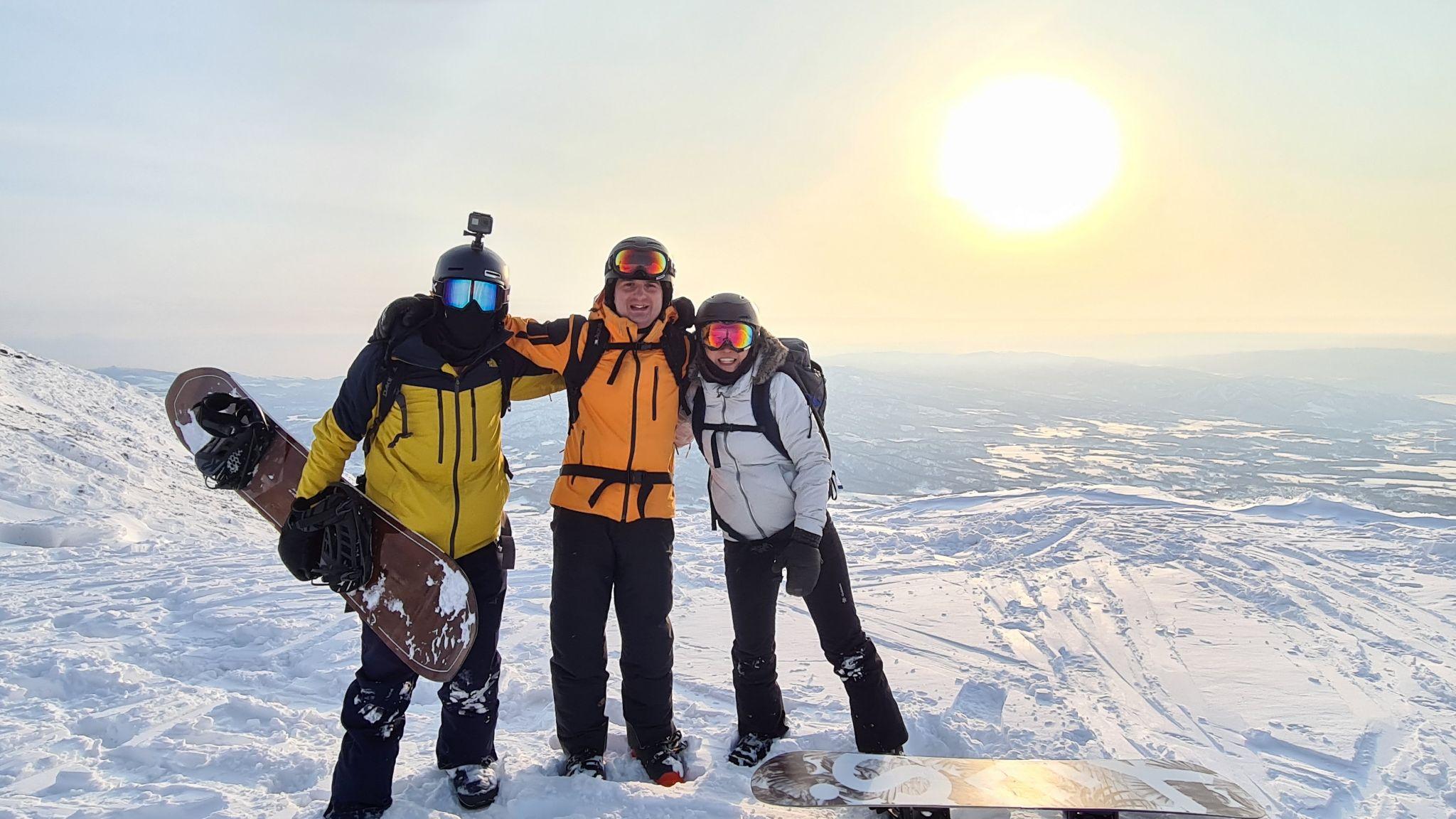At an altitude of 5895m, Mount Kilimanjaro, affectionately known as "Kili", is Africa's tallest mountain, a dormant volcano located in the breathtaking Tanzanian Eastern Rift Mountains on the border with Kenya. Uhuru, which means freedom in Swahili, is the name of its breathtaking summit, which is also considered the easiest to reach of the world's seven summits. Of course, this does not mean it is easy, freedom seldom is. But, with preparation and the help of an experienced guide to lead the way, it is by all means doable! And it is not only for the sense of freedom that you will find reaching this summit appealing, it is also a place of myths, wakonyingo mountain dwarves and breathtaking beauty.
Start planning your mountain climbing trip to Kilimanjaro with one of the guides on the Explore-Share platform today!
Ascent Routes and Duration
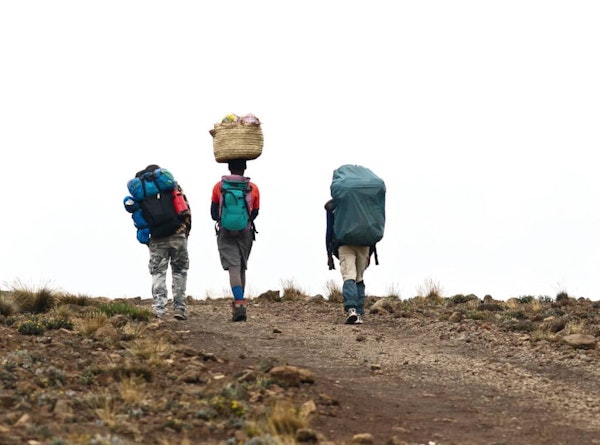 kilimanjaro
kilimanjaro
There are many routes to explore the beautiful Kilimanjaro. Choosing the route will depend mostly on your preferences and expectations, and with some prior training and an experienced guide to show you the way, and specially to help coordinate logistics, you should be able reach the summit without trouble. Below, find a brief description of each of the routes you can take to the "Kili" top!
Machame Route- The most popular route on the list, Machame, enjoys a high success rate. It is also known as the “Whisky route”. Want to know why? Then sign up for this 7-day ascent via Machame and find out!
Marangu - If whisky is not your thing, or you like it Lemmy style, then you can try the Marangu or “Coca-cola route” which is also one of the easiest. The nickname of this route is because the huts on the way up sell the soft drink. Additionally, they also offer dorms to sleep in, so for those that prefer hut to tent, this is the route for you. Tackle the summit on this 6-day tour that allows for proper acclimatization.
Rongai- to approach the summit from the less forested north side, take the more remote Rongai route where you will meet less people on the way without much variation in difficulty. This 7-day tour should do it!
Lemosho– with its panoramic views, this is one of the newer more scenic alternatives to tackle Kilimanjaro. Choose from a 6 to 8 day summit tour here.
The last two routes are less frequently chosen. Umbwe is the steepest and thus not the best for acclimatization. On the other hand, the Northern Circuit is a longer option.
Average trip time to the summit on most routes is a week. However, for those that want to take it a bit easier and explore some other surrounding options, you can also join a longer tour such as this 17-day guided ascent.
Mountain huts and accomodation
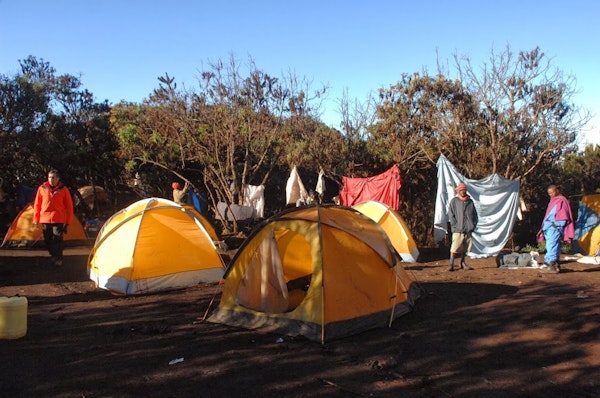 Kilimanjaro
Kilimanjaro
The only route up Kilimanjaro that has proper huts is the Marangu route. All the rest have campsites, which is another reason why it is best to go with a guide that can arrange tents and other aspects of logistics. Also, on the way up you will find "toilets", mostly little huts with holes in the ground. Additionally, campsites are reputed to be a bit noisy, so packing in some earplugs might come in handy for early or light sleepers!
Fitness and technical requirements
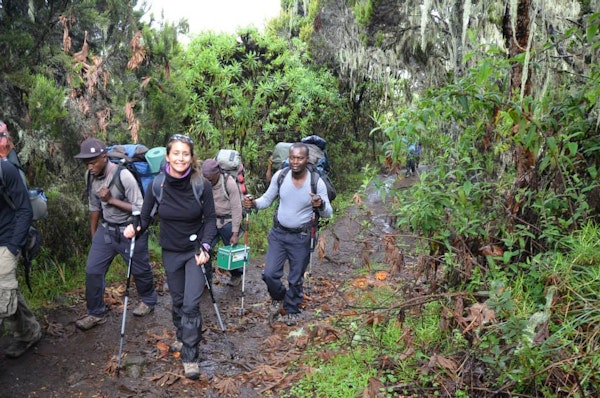 kilimanjaro
kilimanjaro
Tackling the Kilimanjaro summit is a doable challenge for most people, of course, if you are not physically fit you should probably start training around 6 months prior to your trip as you will need to spend long days hiking up the mountain. No technical skills are required, however, as with all tall mountains, acclimatization is a must and going at a steady slow pace is important which is why you will hear pole pole (slower, slower) from your porters.
Weather and climate
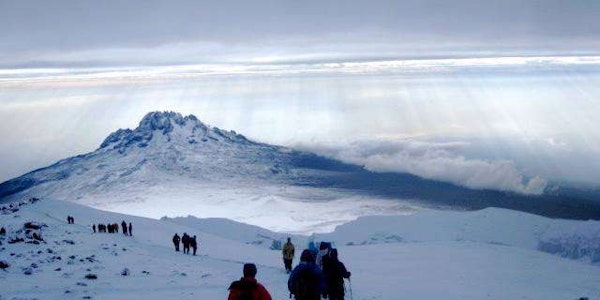 kilimanjaro
kilimanjaro
There are two aspects you will need to consider in terms of weather and climate when planning your trip to Kilimanjaro. The first has to do with the season and the South-east trade winds and North-east anti-trade winds, and the second with the climatic zones on the mountain which vary dramatically depending on altitude.
In the first place, keep in mind that the best times of the year to climb "Kili" are the dry seasons. These are the months of January through March, and are colder than the busiest trekking dry season which is from June to October. April, May and November are the wettest months, so they are not ideal for trekking, but that doesn't mean it can't be done.
In terms of Kilimanjaro climate, you need to consider that it has four climatic zones, each very different from the other, so you will probably have to pack wisely.
Starting from an altitude of 800 meters to 3000 meters, you will first encounter the rain forest zone. Expect stunning flora and fauna including orchids and monkeys as you ascend through this stretch of tropical rain forest with high humidity.
Next up is a low alpine zone with grasslands where the flora and fauna is more sparse. At night, temperatures drop to sub-zero levels which will be a continuing trend as you progress to higher altitudes.
At 4200 meters, you will enter the high alpine zone where you will experience a dramatic polarity between a hot and sunny arid desert environment during the day and below freezing nights. You will need to think both of the sun and the dust, sunscreen and wipes.
Finally, at 5000 meters, the climate changes again as you enter the glacial zone. The oxygen levels are around half the levels at the lower parts of the mountain and you will encounter high altitude arctic conditions. One of the keys to the success of your "Kili" ascent will be proper clothing and acclimatization, both of which a seasoned guide can help you with.
Equipment
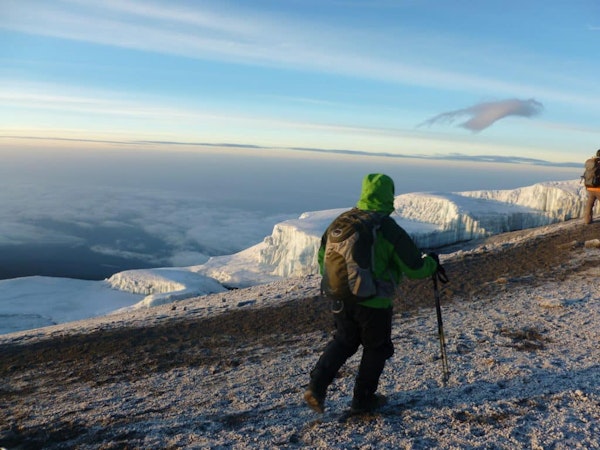 Kilimanjaro
Kilimanjaro
Keeping in mind the variations in climatic conditions, you will need to consider your equipment accordingly. In terms of sleeping, most guides provide tents, however, you will need a four seasons sleeping bag, an insulated mattress, and ideally a liner.
As for clothing, you will need thermal, insular, trekking clothes and shoes, and you will probably benefit from layering so as to adapt to the varying temperatures throughout the day. Waterproof is best, a trekking towel that dries well is always a good investment, a trekking pole, and sunglasses, sun hat, warm beanie and gloves a no-brainer. In terms of accessories, make sure to take sunscreen (both hi SPF and absorbent), baby wipes, toilet paper, water purifying tablets and general medication.
For additional equipment such as crampons and ropes, if you decide on a more challenging climb, you can ask your guide for suggestions and recommendations.
Estimated price
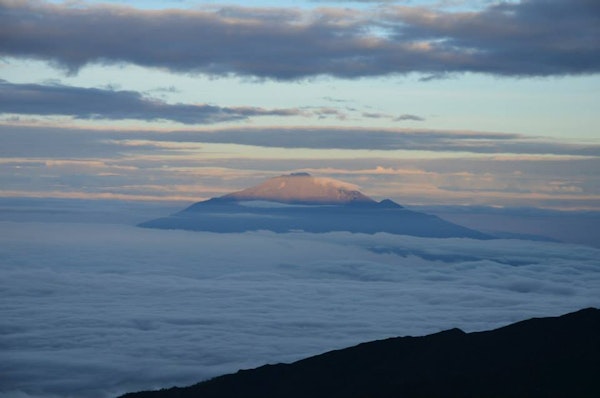 Kilimanjaro
Kilimanjaro
Estimated price for a Kilimanjaro summit tour is rounding USD $2500-1700 per person. These prices vary on group size and duration of the tour. They include accommodation, food and entrance fees, but don't include airfare. Additionally, suggested tips per group are: $15-20 day for guides, $10-12 day for assistant guides, $10-12 day cooks, $6-10 day porter.
Other attractions in the area
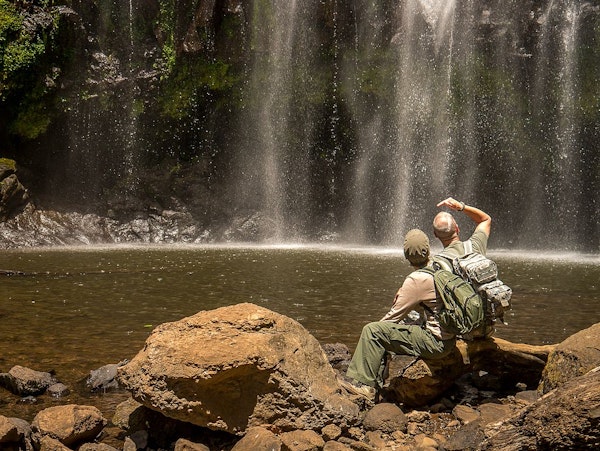 Kilimanjaro
Kilimanjaro
Tanzania is a beautiful country to explore, and as such you should not miss the chance to visit some other gorgeous spots in the area. At explore-share we suggest:
Kikuletwa Hotsprings- after finding freedom at Kilimanjaro's Uhuru, go on an excursion to the breathtaking Kikuletwa hotsprings and rest your weary bones under the shade of beautiful fig trees.
Materuni Waterfall– One of the longest waterfalls near Moshi. Plus, comes with a hike though some homesteads, plus the possibility of touring a coffee plantation and tasting banana wine. A must!
Lake Chala– dating back 250,000 years, this stunning lake at the border of Kenya and Tanzania is a beautiful landmark just 8km away from Kilimanjaro and though not necessarily safe to swim in due to the crocodiles that inhabit it, well worth the visit. You can also camp in the area.
Take a look at our guides' offer for mountain climbing trips to Kilimanjaro and start planning! Not convinced? Then read this happy account of one of our client's killer "Kili" experience!
